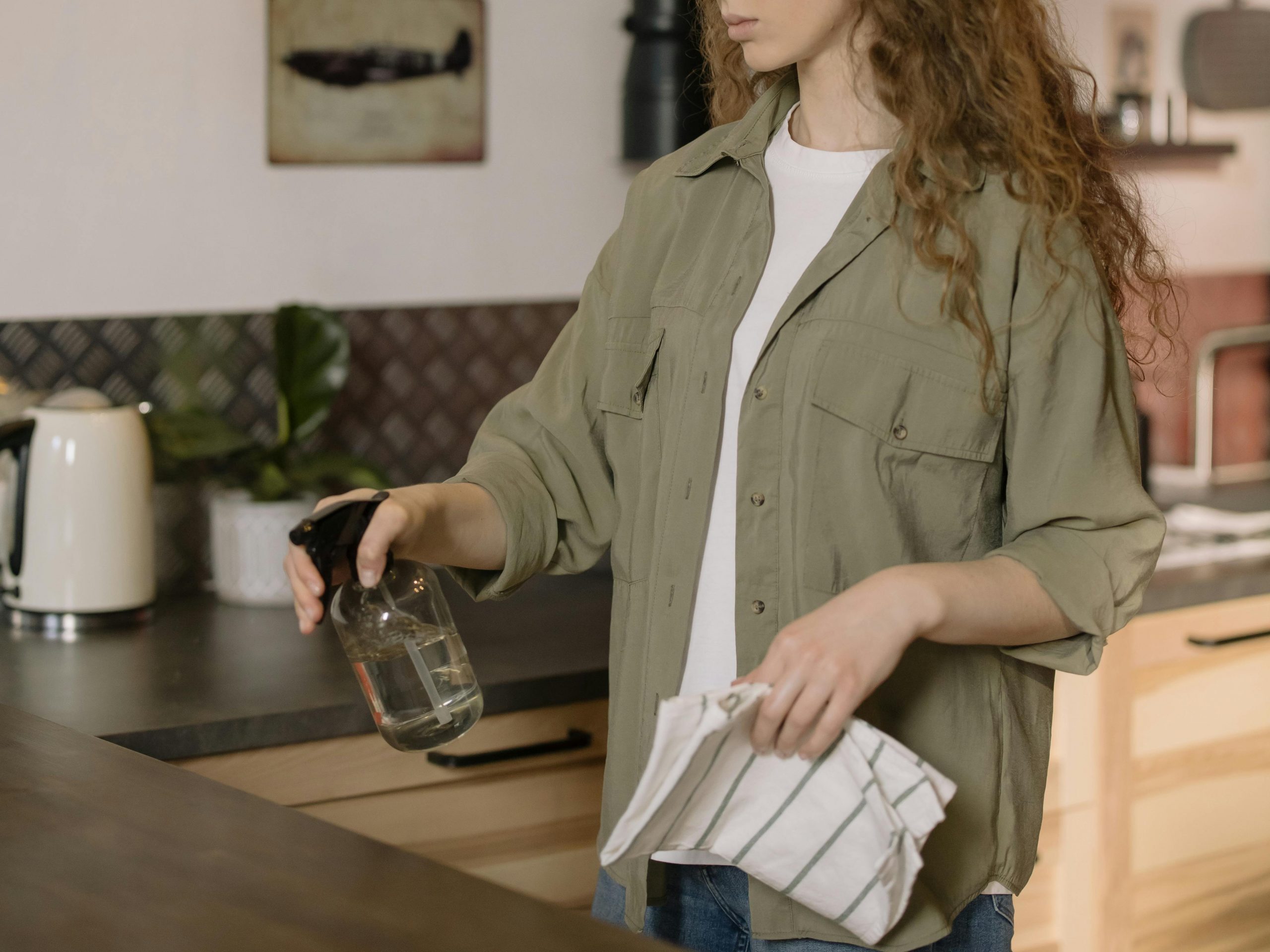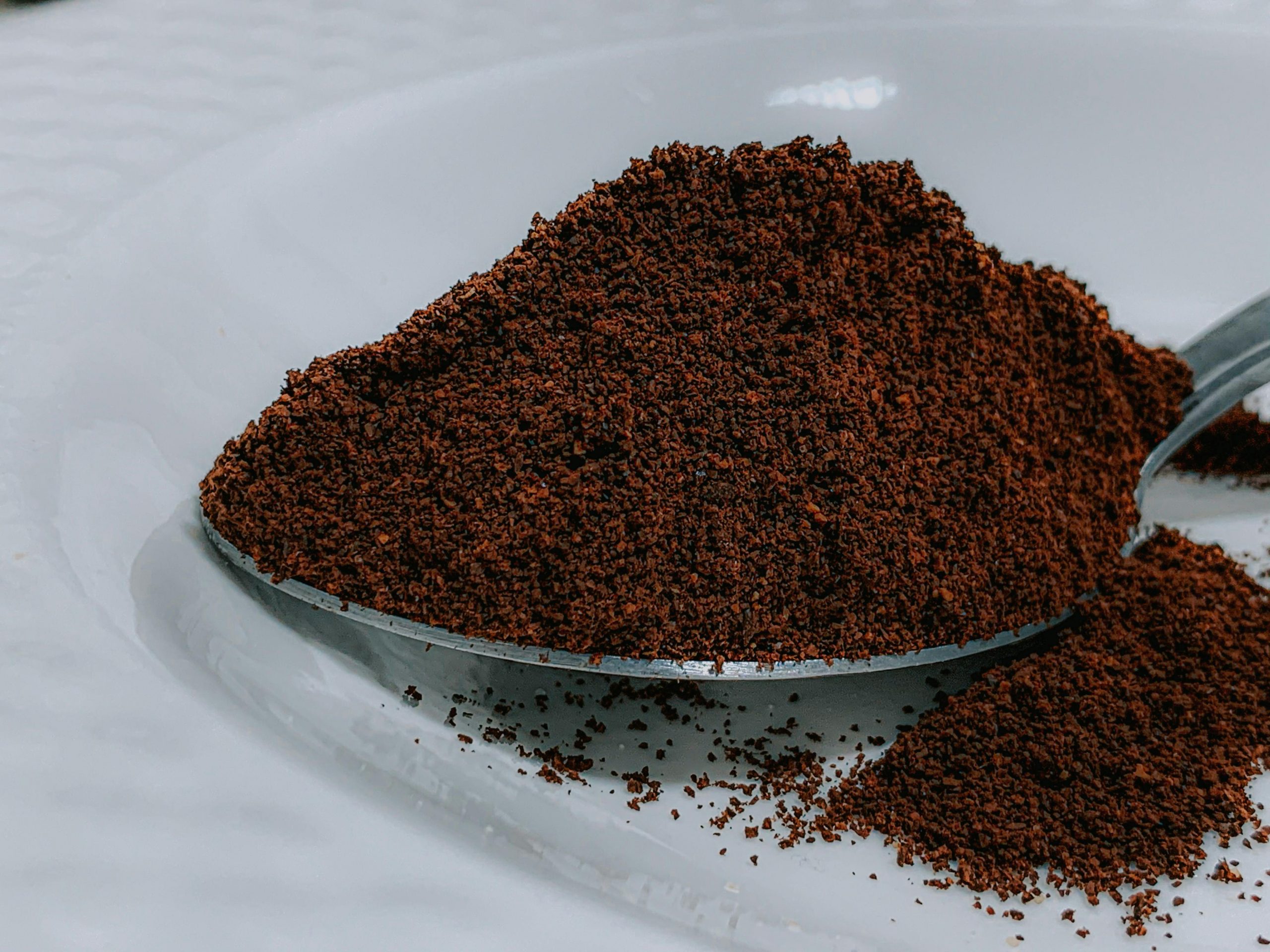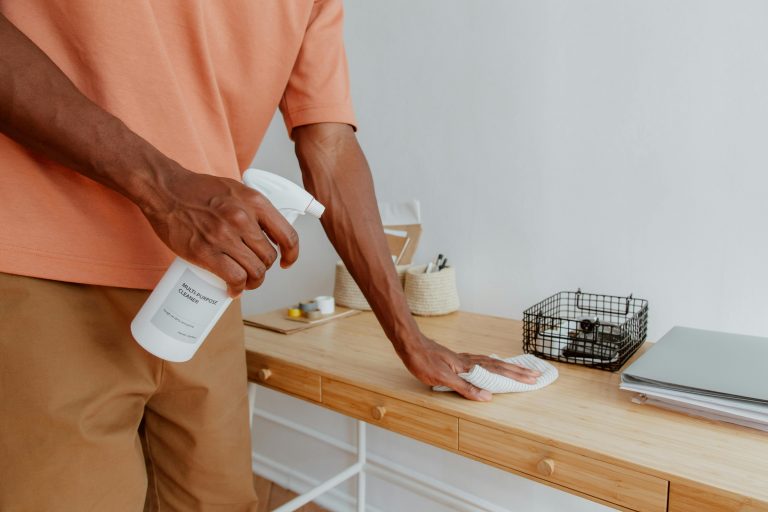

That musty, earthy smell coming from your basement, bathroom, or closet? It’s likely mold. Mold odors can make your whole house feel unclean—even if it looks spotless. Learning how to get rid of mold smell not only improves your home’s comfort but also protects your health.
In this guide, you’ll learn what causes mold odors, how to remove them for good, and how to stop them from coming back.
What Causes Mold Smell?
Mold smell, often described as musty, earthy, or damp, is caused by microscopic mold spores releasing gases called microbial volatile organic compounds (MVOCs). These gases are a natural byproduct of mold growth and can be very noticeable—even if you can’t see the mold itself. That strong, stale scent is your nose telling you that mold is likely growing nearby.
Where You Might Notice the Smell:
You can often smell mold in places where moisture collects or air doesn’t flow well. Common areas include:
- Basements – These are naturally cooler and damper, which makes them a favorite spot for mold to grow.
- Bathrooms – Constant steam from showers can lead to mold growth if not properly vented.
- Laundry Rooms – Wet clothes or leaks from washing machines can cause lingering moisture and odor.
- Closets – Poor air circulation and damp items like shoes or coats can trap moisture.
- Attics – If your attic is poorly ventilated or the roof leaks, it can easily become moldy.
- Around Leaky Pipes or Windows – Even a small drip over time can feed mold colonies behind walls, under sinks, or near windows.
Common Causes of Mold Smell:
Understanding what triggers mold growth is the first step in stopping it. Here are the most frequent causes:
- High Humidity: Mold thrives in humid environments. If the humidity in your home stays above 60%, you’re creating the perfect environment for mold to grow. Bathrooms, kitchens, and basements often have high humidity if not ventilated properly.
- Poor Ventilation: Without proper airflow, moisture from daily activities like cooking, bathing, or even breathing gets trapped inside. When air doesn’t move freely, surfaces like walls, floors, and ceilings stay damp longer, encouraging mold to grow.
- Leaking Roofs or Pipes: A roof leak or a small plumbing issue may go unnoticed for weeks or even months. During that time, water collects behind walls or in ceilings, which creates ideal mold conditions. Even tiny leaks can cause big mold problems over time.
- Flood Damage: Homes that have experienced flooding—even just a few inches of water—are at risk for mold. If materials like drywall, carpet, or wood don’t dry completely, mold can begin to form in as little as 24 to 48 hours.
- Wet Fabrics or Carpets: Mold loves damp, porous materials. If you leave wet towels, clothes, or rugs in a pile or on the floor, mold can take hold. Spills or pet accidents that aren’t cleaned and dried quickly can also lead to musty smells.
Step-by-Step Guide: How to Get Rid of Mold Smell
1. Find the Source
Before you clean, you must locate where the mold is growing. Use your nose and look for signs like:
- Dark spots on walls or ceilings
- Peeling paint
- Water stains
- Warped wood
- Damp surfaces or materials
Check hidden areas too—behind furniture, under sinks, in crawlspaces, and inside HVAC vents.
2. Dry the Area Completely
Mold thrives in moisture. Use these tools to dry things out fast:
- Dehumidifier – Removes moisture from the air
- Fans – Improves airflow and drying
- Open windows – Allows moisture to escape
- Towels – Soak up surface moisture
Aim to keep your indoor humidity below 50%.
3. Clean Moldy Surfaces
Use cleaning agents that kill mold and remove odors:
For hard surfaces (tile, concrete, metal):
- Mix 1 cup of white vinegar with 1 cup of water in a spray bottle
- Spray directly on the moldy area
- Let it sit for 10–15 minutes
- Scrub with a brush or sponge
- Rinse and dry completely
For porous surfaces (drywall, wood):
- Use hydrogen peroxide (3%) in a spray bottle
- Let sit for 10 minutes
- Blot (don’t soak) and dry with a towel
- Repeat if needed
Avoid using bleach on porous materials—it won’t soak in deeply and may leave the mold behind.
4. Remove Moldy Items
If items like carpets, furniture, curtains, or cardboard boxes are heavily affected, you may need to throw them away. Mold can deeply penetrate soft materials, making them impossible to fully clean.
For less-affected items, wash them in hot water and dry them in the sun.
5. Use Natural Odor Absorbers
Even after you’ve cleaned the mold and dried out the area, a musty smell might still linger in the air or cling to fabrics. That’s because mold odor can soak into porous materials like carpet, furniture, and drywall. To tackle the leftover smell without using harsh chemicals, try these simple, natural odor absorbers:
- Baking Soda: Baking soda is a gentle yet powerful deodorizer. It works by absorbing moisture and neutralizing odors. To use it:
- Sprinkle a generous amount over carpets, couches, mattresses, or other soft surfaces.
- Let it sit overnight so it has time to absorb the smell.
- Vacuum thoroughly the next day to remove the powder along with the trapped odors.
- Activated Charcoal: Activated charcoal is highly effective at absorbing odors, toxins, and moisture from the air.
- Place small bowls or mesh bags of activated charcoal in the affected room.
- You can set them on shelves, behind furniture, or near problem areas like basements or closets.
- Replace the charcoal every 2–4 weeks for best results.
- White Vinegar: White vinegar is a natural acid that neutralizes musty smells.
- Pour vinegar into an open bowl or cup and leave it in the room overnight.
- The vinegar will absorb and break down odor-causing molecules in the air.
- Don’t worry—the vinegar smell will fade as it dries.
- Coffee Grounds: Used coffee grounds have a strong, earthy scent that can mask and absorb musty smells.
- Place dry coffee grounds in small bowls or paper filters around the room.
- They’ll help neutralize odors while leaving behind a fresh, coffee-like aroma.
- Replace them every few days to keep the smell effective.
These natural solutions are cost-effective, easy to use, and safe around kids and pets. While they won’t remove mold itself, they’re great tools for freshening the air once the mold has been cleaned up.
Extra Tips for Specific Areas
Getting rid of a mold smell often means more than just cleaning. You also need to prevent it from coming back—especially in places where moisture builds up easily. Here’s how to target the most common problem areas in your home:
Bathrooms
Bathrooms are one of the most common places for mold and mildew smells due to constant moisture.
- Inspect Caulking and Grout: Check the sealant around tubs, showers, and sinks. Mold can grow in cracks or old caulk. Re-caulk or re-grout if needed.
- Improve Ventilation: Always use an exhaust fan during and after showers, or open a window to help reduce humidity.
- Wash Shower Curtains and Liners: Mold can grow on plastic liners. Wash or replace them regularly to stop the smell from returning.
- Wipe Down Wet Surfaces: After using the shower, use a towel or squeegee to dry the walls and floor.
Basements
Basements tend to be dark and damp, making them a hotspot for mold odors.
- Seal Cracks: Look for any cracks in basement walls or floors where moisture might seep in. Use waterproof sealants to block leaks.
- Run a Dehumidifier: Keep humidity levels under 50% to prevent mold growth. Use a dehumidifier year-round if your basement tends to stay damp.
- Store Items Properly: Avoid keeping belongings in cardboard boxes on the floor. Use plastic bins with lids and store them on shelves to allow airflow and reduce moisture buildup.
- Check Drainage: Make sure water is draining away from your home’s foundation outside to prevent leaks inside.
Closets
Closets can trap moisture and lack air circulation, which leads to a musty smell over time.
- Avoid Overcrowding: Don’t pack clothes too tightly together. Leave space so air can circulate and moisture doesn’t get trapped.
- Use Odor Absorbers: Add baking soda, charcoal bags, or silica gel packets to help absorb moisture and smells.
- Dry Clothes Completely: Make sure clothes are fully dry before storing them. Damp clothes, even slightly, can encourage mold growth.
- Leave Doors Open Occasionally: Air out closets every so often by keeping the doors open to allow airflow.
Attics
Attics are often forgotten, but mold can easily grow there—especially if there are leaks or poor ventilation.
- Inspect the Roof: Mold smell in the attic can be a sign of a leak. Look for damp wood, water stains, or dripping around rafters and roof joints.
- Check for Proper Ventilation: Make sure your attic has working vents to keep moisture from building up.
- Avoid Blocking Airflow: Don’t stack insulation or storage boxes too high against vents. Proper airflow is key to keeping mold away.
- Plan Ahead: If you’re thinking about an attic renovation, fix any mold or moisture problems first. Renovating without solving the root issue can trap odors behind new drywall or flooring and lead to more problems later.
When to Call a Professional
If you’ve cleaned and dried the area and the smell still returns—or if the mold covers more than 10 square feet—it’s time to call a mold remediation expert. Professionals have tools to detect hidden mold and safely remove it.
You should also call for help if:
- You smell mold but can’t find the source
- Mold is growing inside your HVAC system
- You or your family have allergies or respiratory issues
How to Prevent Mold Smell in the Future
Control Humidity
- Keep your home between 30–50% humidity
- Use a dehumidifier in damp rooms
- Vent your dryer outside
- Fix leaks as soon as you spot them
Improve Airflow
- Open windows on dry days
- Run exhaust fans in bathrooms and kitchens
- Avoid blocking vents with furniture
Regular Cleaning
- Clean areas like bathrooms, laundry rooms, and basements regularly
- Use vinegar or baking soda as part of your cleaning routine
Monitor Problem Areas
- Check basements and attics every few months
- Keep an eye on windows and doors for condensation
- Store items in plastic bins instead of cardboard
Final Thoughts
Getting rid of mold smell takes more than spraying air freshener. You need to dry the space, clean thoroughly, and remove anything moldy. Natural products like vinegar and baking soda can help absorb odors safely. And remember—keeping your home dry and well-ventilated is the best way to prevent mold and its musty smell from coming back.
A fresh-smelling home isn’t just more comfortable—it’s healthier, too.








